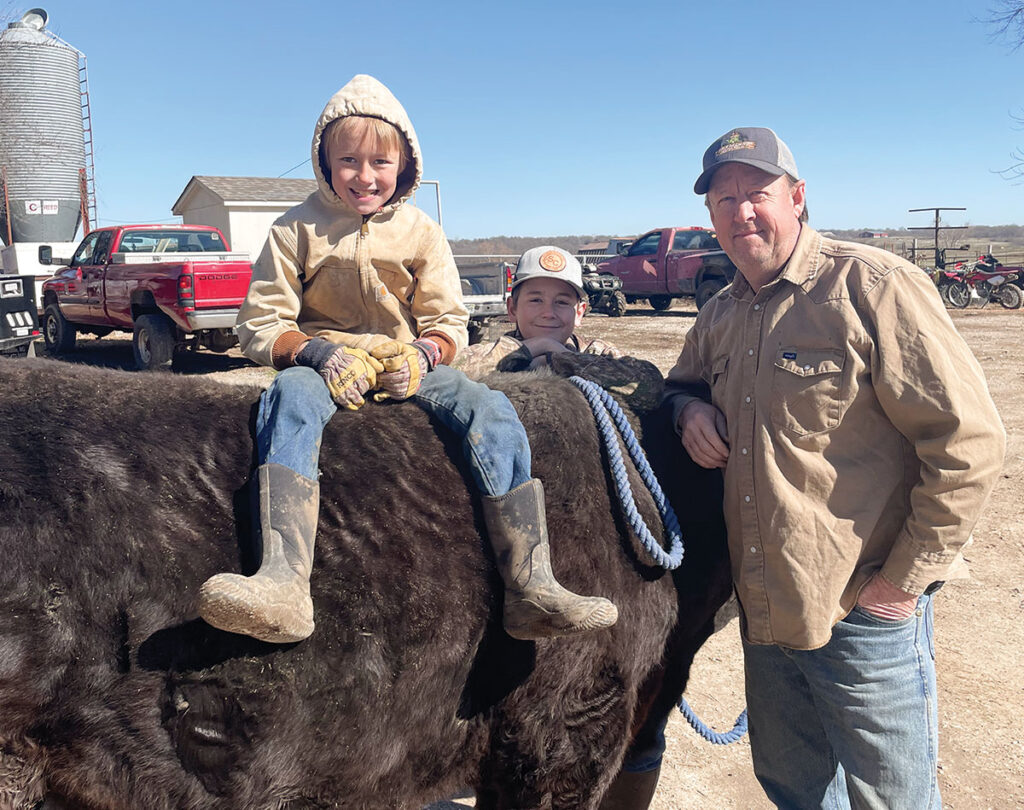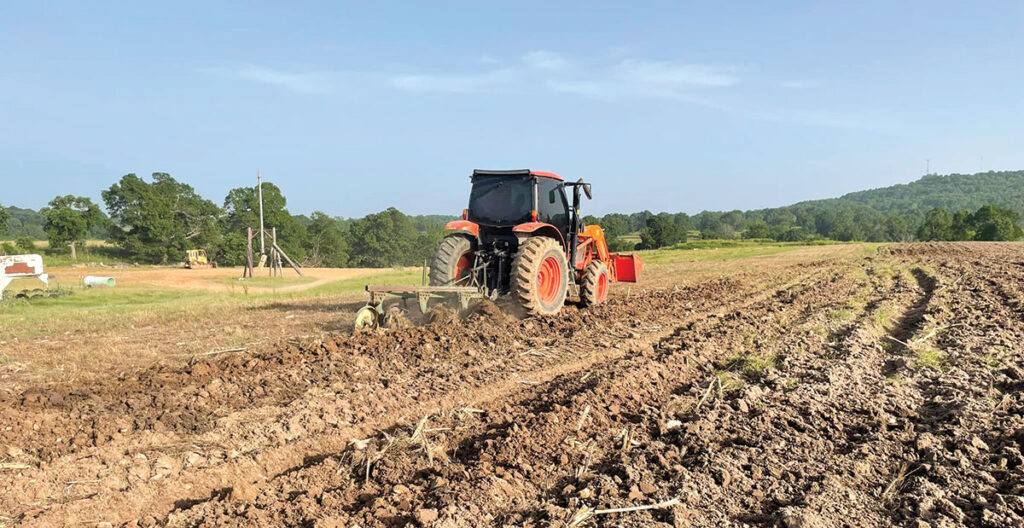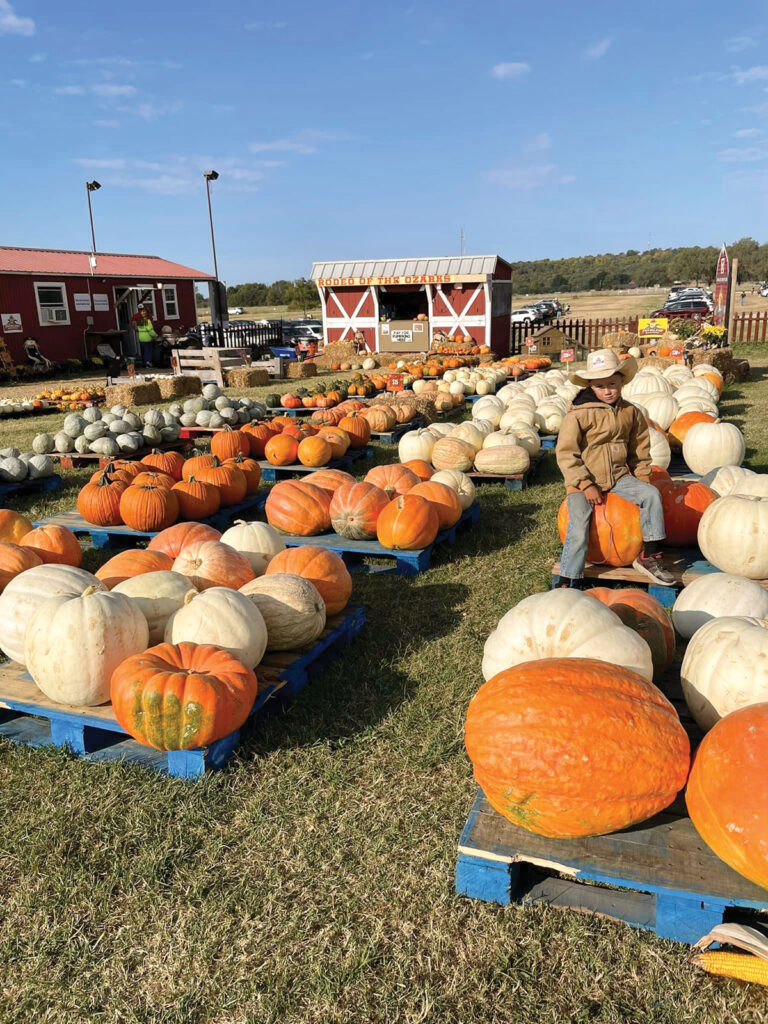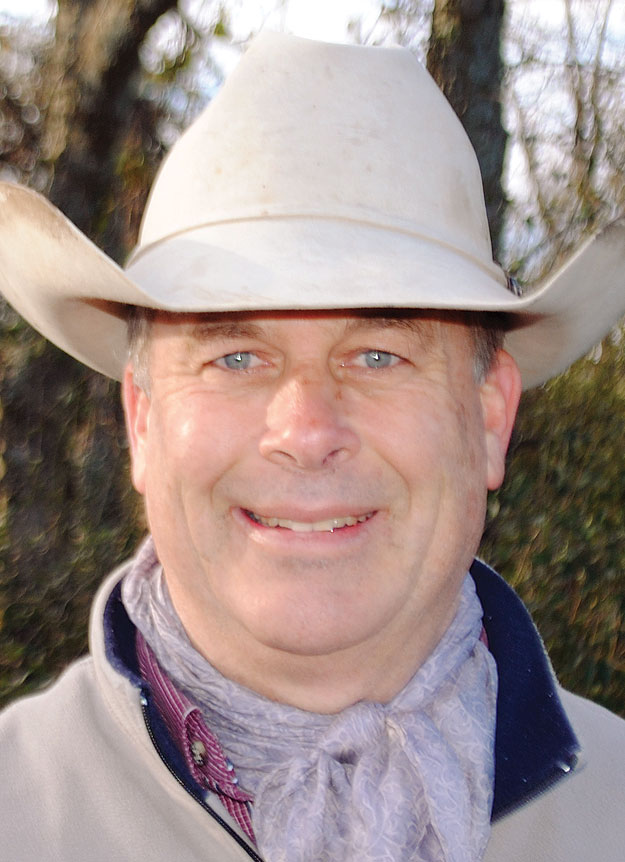
The Parsons family raises cattle, sheep and goats, and open their to gates to visitors
SPRINGDALE, ARK. – Eddison Parsons is a cowman. He’s a fifth-generation farmer, and he is 13 years old.
“He is the chief cattle buyer,” Eddison’s father Dwain Parsons said. “I send him to the sale and he buys whatever he thinks will work for us.”
This is much the same for all Dwain’s children. Each has their niche role in the family dynamic and they all work together to get the jobs done.
The Parsons family has been in Springdale, Ark., since the late 1800s. Dwain’s grandfather owned and ran a grocery store in downtown Springdale. He bought the family farm just east of town around 1910 and expanded each year. Initially, they grew fruit crops on the land but later expanded to include diverse types of livestock. A little more than a century later, the farm is now under the care of Dwain; he and his wife have eight children, ranging in age from 27 to 9, and they are all involved in the day-to-day operations of the farm.

The Parsons currently run about 130 head of mixed cows and heifers, along with 150 yearlings, on 430 acres. They also lease another 400 acres from family members. They recently bought a few Charolais and Red Angus bulls to run with their herd. The cows are bred by natural cover and bred heifers are sold or kept as replacements. Cattle are pastured with a little supplemental grain for the calves and rotational grazing with sheep and goats.
Herd health is very important.
“Blackleg vaccinations are always given, you never know when it will sneak up on you,” Dwain remarked. “We give a regimen of vaccinations as soon as we get calves in and that has reduced our death losses tremendously.
In addition to raising livestock, the Parsons are also involved in agritourism with Farmland Adventures. They operate a 9-acre corn maze and host farm tours in the fall. Around 30,0000 people visit their farm each year.
“We see a lot of people,” Dwain said. “We also do tours for school children and those average around 5,000 kids. I like to talk to the first graders and kindergartners. It always surprises me kids do not know much about agriculture anymore.”
Schools from Arkansas and Oklahoma regularly visit the farm and they have so many request that they have had to turn some schools down due to time constraints. “I like to do a better job with the school children and really explain what is going on,” Dwain said.
With school tours, the family talks about how corn and pumpkins are grown and they allow the children to feed the goats, sheep and cows. Dwain hopes by spending time with them it ensure the children walk away associating farming with individuals and not a nameless corporation.

The main attraction in the fall is the corn maze. They began having the maze in 2011 and each year it has grown and evolved. They begin planting the maze in late June to early July using a four-row planter. It takes approximately 30 hours to plant, and they usually complete it within two days. The direction the maze is planted keeps it from having delineated rows, planting north to south and then east to west. They hire a company out of Virginia to cut the pattern into the maze using GPS. They can cut the design into the entire field in three to four hours. They are currently trying to decide what theme they would like to have this coming fall. Some past designs were A Salute to the American Heroes, Old West, the Outback and Presidential candidates.
“We’ve had a lot of help. I sure didn’t do it, mostly it is everyone else making it what it is now,” Dwain said regarding the amount of time and effort it takes to run the farm and the corn maze. He credits his father, his brother, his wife’s parents, his wife and his kids for making it a su dccess. “I am very blessed, my grandfather put this all together and kept it together for me. I am very blessed with what I have, and I could not have done it by myself. It is nothing I did, and I just want to be able to pass it along to my children and grandchildren. There are a lot of tough days but I like what I am doing, I love what I do. I am fortunate to be able to do what I do.”







